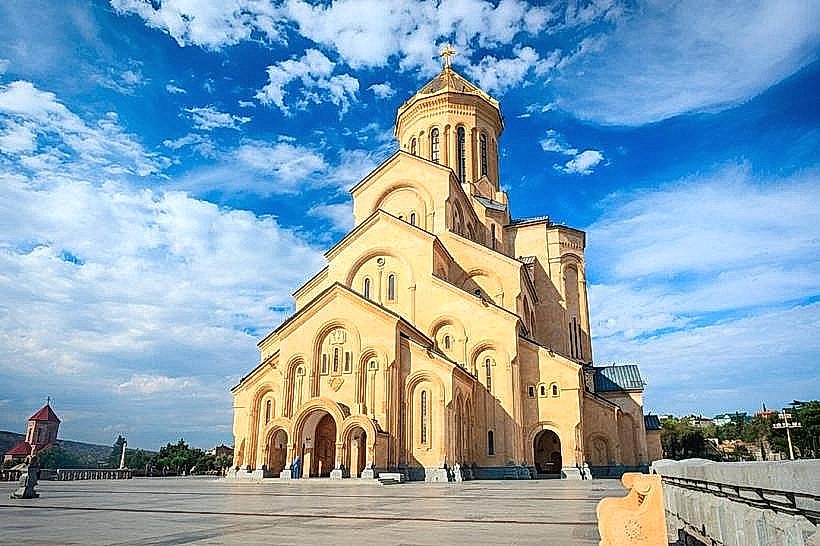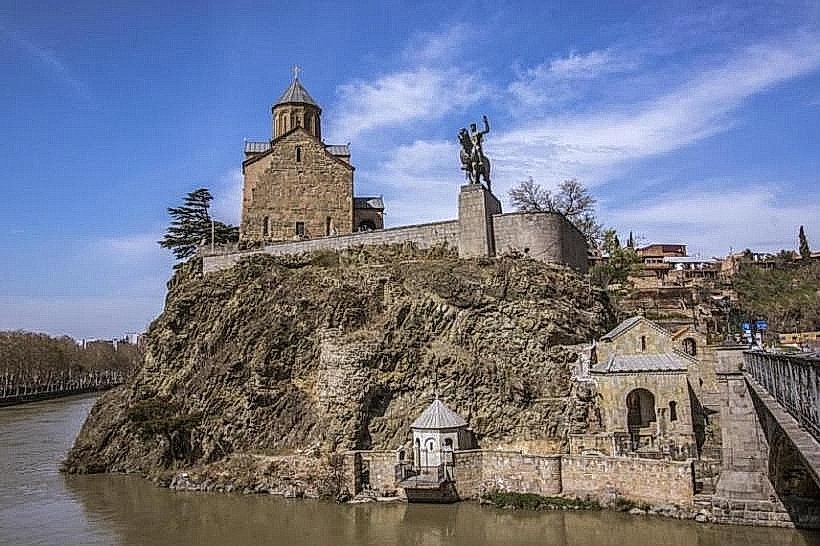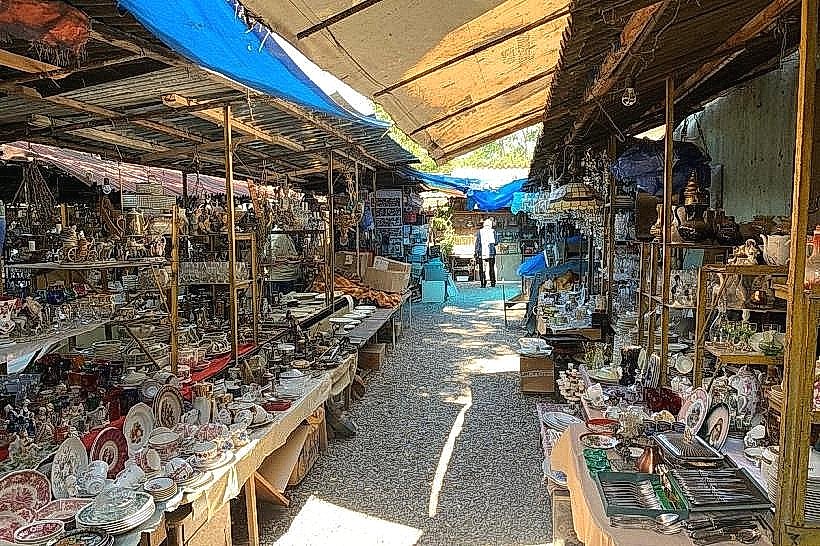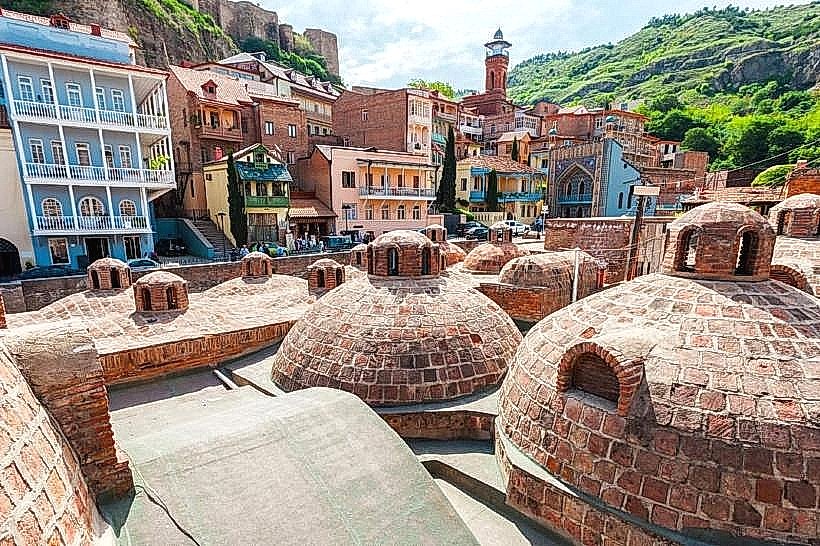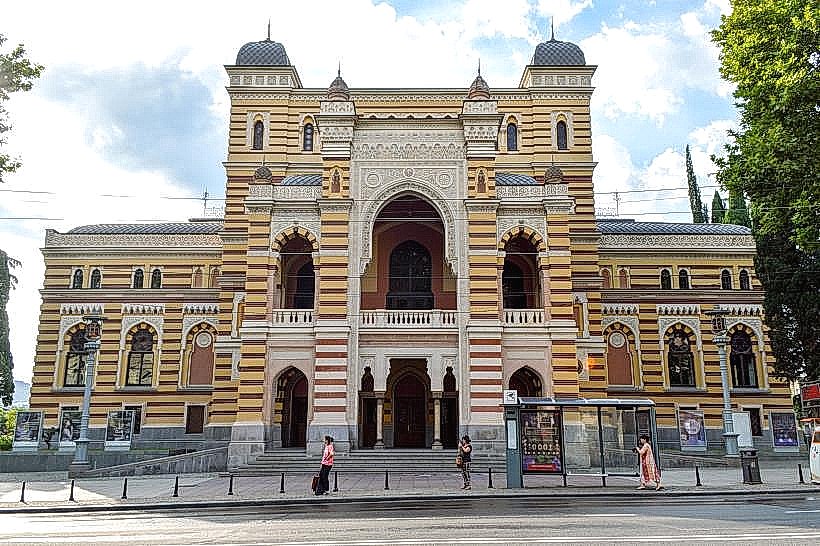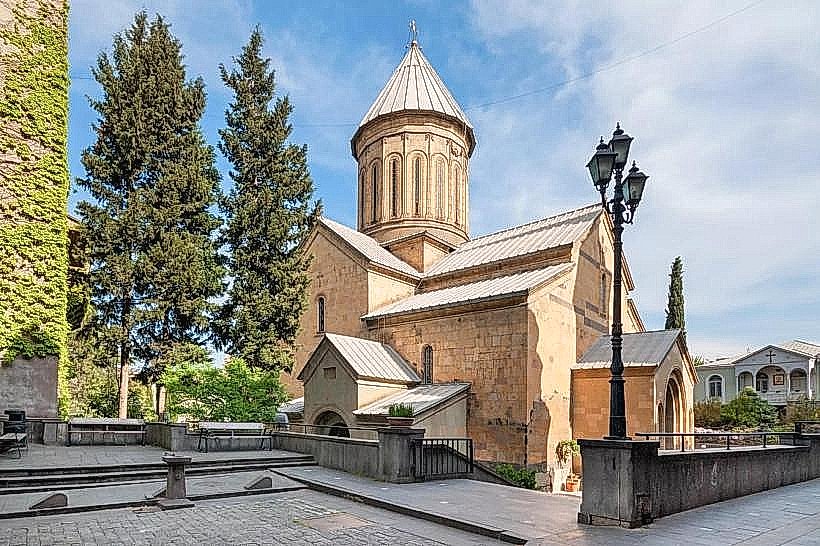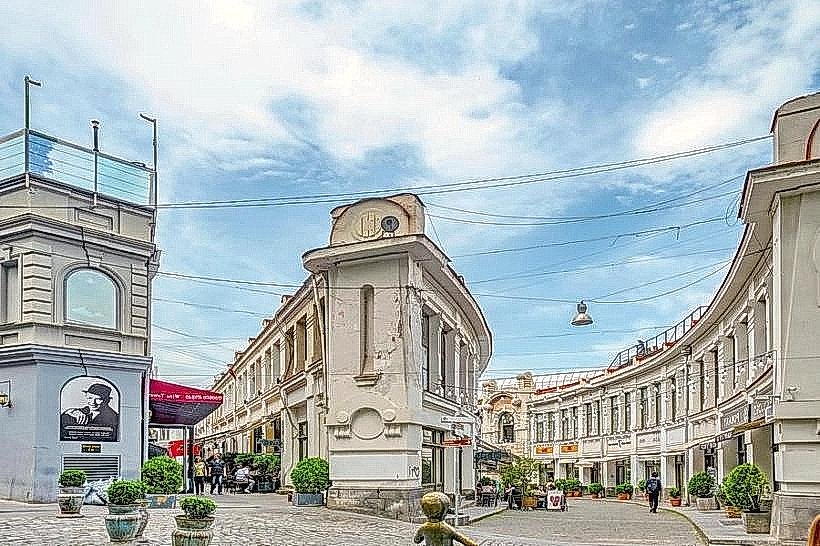Information
Landmark: Anchiskhati BasilicaCity: Tbilisi
Country: Georgia
Continent: Asia
Anchiskhati Basilica, Tbilisi, Georgia, Asia
Overview
Anchiskhati Basilica sits quietly in Tbilisi’s classical Town, nestled among narrow cobbled lanes where aged stone and brick still whisper the city’s first stories, simultaneously as Tbilisi’s oldest surviving church, it holds a quiet, reflective air that you feel unfold little by little-like dust drifting through a shaft of morning light.As you can see, The basilica’s plain stone front, worn smooth by years of wind and candle smoke, rests quietly against the hum of the streets only a few paces away, subsequently when visitors step into the courtyard, the mood seems to change-a gentle hush settles, the air turns cooler, and for a moment it feels like they’ve slipped into a quiet pocket of time older than the city beyond its walls.Dating to the 6th century, the church stands in the plain three-nave basilica style once common in early Georgian Christianity, its worn stone floor cool underfoot, besides the stone walls, rough and uneven in color, bear marks of later repairs but still hold the sturdy spirit of the early medieval age.A handful of tiny details draw your gaze-the stones warming under the afternoon sun, faint grooves worn smooth by countless hands along the doorway, and a whisper of beeswax drifting near the threshold, subsequently inside, the room gives off a quiet confidence, its design pared back to the essentials.Sunlight slips through narrow windows, drawing pale lines across the worn stone floor and catching the gilded edges of icons that glow against the dim room, what’s more inside Anchiskhati, the air feels hushed and reverent; pale stone walls breathe calm without a trace of needless decoration.The basilica once sheltered the revered Anchiskhati icon-now kept in the National Museum-and its absence deepens the quiet, thoughtful air lingering beneath the stone arches, as a result during services, the priests’ low chanting drifts through the nave, mingling with the faint crackle of candles as worshippers light them along the cool stone walls, almost Mind you, Pause for a moment and you might hear footsteps echo softly, feel the chill of the stone columns under your palm, and catch a glint of gold leaf flashing in the candlelight, subsequently the location feels close and profoundly human, its quiet air molded by centuries of prayer, not by towering splendor.Outside, Anchiskhati’s slight courtyard gives you a quiet breather from the vintage Town’s twisting lanes, where the scent of antique stone lingers in the air, not only that the soundscape drifts to murmured street talk, a church bell’s ring floating on the breeze, and the soft shuffle of locals passing by.Timeworn houses with carved balconies tilt a little toward the lanes around the basilica, while tiny artisan shops spill along the nearby streets, the scent of wood polish drifting through open doors, at the same time just around the corner, visitors often find workshops filled with handmade jewelry, tiny cafés scribbling their menus in chalk, and narrow lanes that twist deeper into Tbilisi’s oldest quarters.As far as I can tell, Anchiskhati isn’t just a centuries-classical monument-it’s a living church, where candlelight flickers against ancient stone and Tbilisi’s modern pulse meets its earliest Christian roots, after that the basilica captures the quiet strength of Georgian sacred architecture-modest and lasting, its stones worn smooth by generations of hands.Visitors often saunter away feeling they’ve touched something real-a venue tended with quiet devotion, not polished up for show, not only that tiny details lend the moment its warmth-the gentle scrape of a wooden pew, the faint wobble of flagstones underfoot, and candlelight flickering against faded frescoes, to some extent Anchiskhati Basilica still stands as one of Tbilisi’s most meaningful stops, a quiet refuge where the scent of classical stone softens the city’s constant rush, at the same time its worn stone walls, quiet grace, and hushed air let travelers catch a glimpse of the spiritual thread that’s woven through Georgian life for almost fifteen hundred years.
Author: Tourist Landmarks
Date: 2025-11-21


